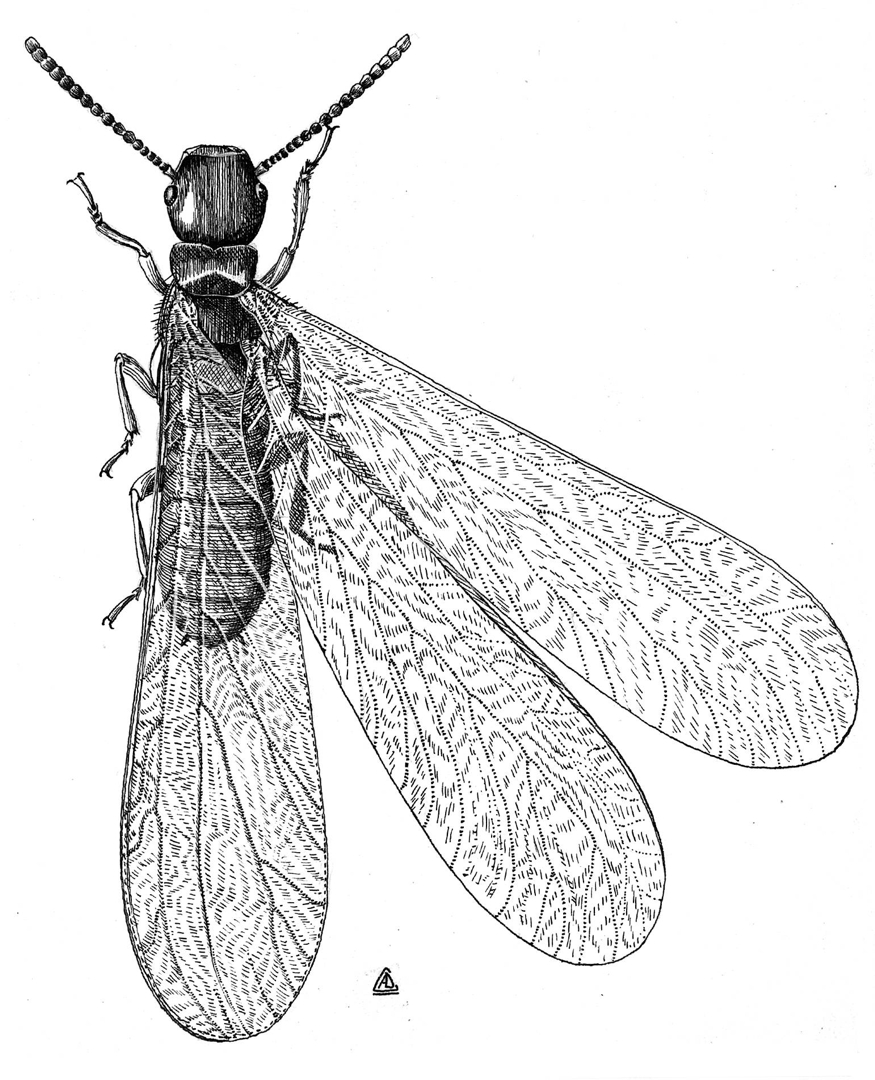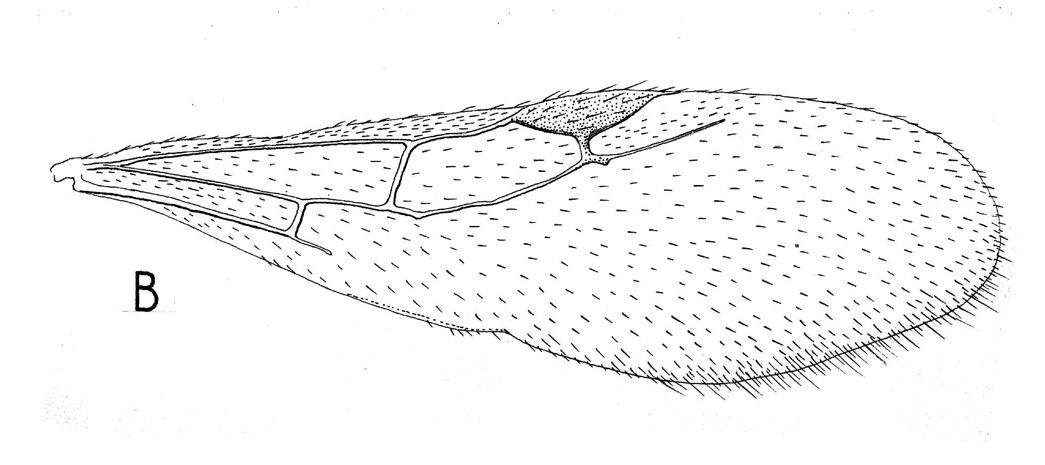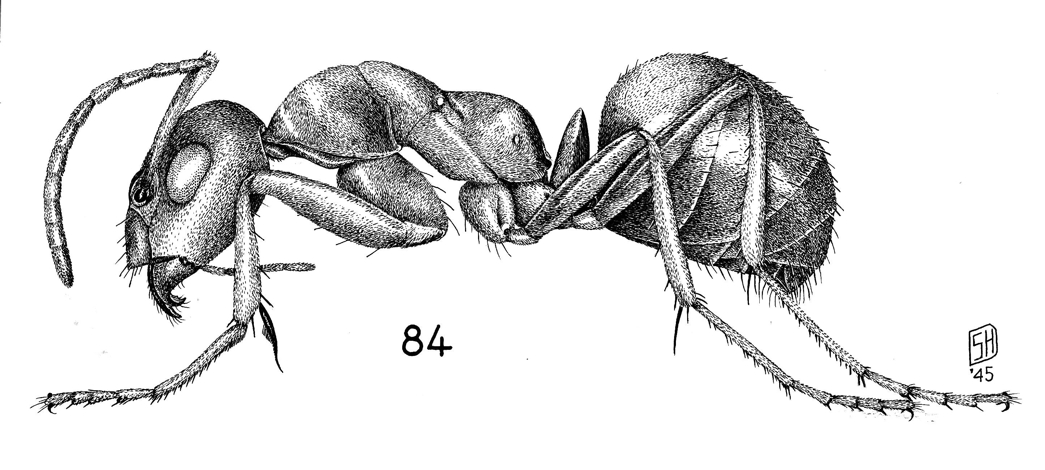Comparing Termites and Ants
Subterranean Termites Versus Ants
Many people question the appearance of termites vs ants. Using these guidelines can help you determine if you have swarming termites and ants. If you do have termites swarming in your home, there is no need to panic. The swarming termites cause no harm. They do not feed and their sole purpose is to mate and return to the soil. It's not likely than any of the insect will survive if they swarm indoors but termites swarming indoors or near the foundation of a home usually means that the hidden worker termites are feeding on the home.



National Museum of Natural History, Smithsonian Institution, 10th and Constitution Ave. N.W., Washington, DC 20560-0193 (http://www.nmnh.si.edu/)
Termites
Termites and ants have several differences. Swarmer termites closely resemble ants with wings but there are key differences to tell them apart. Termite swarmers will die very quickly if they do not find their way back to the soil. The termites are weak fliers and will not be able to fly very well. Flying Termites and flying ants both have 2 pairs or wings. On Termite swarmers, the wings are the same size and of the same shape and are easily broken off. Usually you will see some with wings still attached, along with loose wings and slow moving wingless insects crawling.
Often a structure can be infested with subterranean termites with little evidence of a termite problem until swarmers emerge. Subterranean termites are common in most of the U.S. When a termite colony becomes large enough, some of the termites turn into reproductive termite swarmers. When the time is right, usually a warm spring day after a rain, the mature swarmers emerge. Most of these alates will die but some termite swarmers will pair up with termite swarmers from a nearby colony and become king and queen of a new colony.
Ants
Flying Ants have a smaller set of wings and a larger set. Winged ants can be carpenter ants, pavement ants, or some other species of ant. The front wings are visible larger than the rear wings. Ants have a distinct pinched waist while termite alates have a thick waist with no clear distinction from the thorax or abdomen. Finally, a flying ant has a single joint or elbowed antenna, while the termite antenna are beaded and have many joints. It is also possible that there could be termites and ants found in the same area.
Drywood termites
Drywood and Dampwood termite are not typically found in the Saint Louis area. They could be transported into the area but would not survive the climate for long enough to sustain a population. Drywood termites are found in a few southern and western states and live within furniture or other wooden objects. These termite swarmers will bore an entrance into a piece of wood, then plug the hole with a kind of cement and excavate the first chamber. When the eggs hatch the worker termites take over the work and care for young, gather food and protect the colony. When the time is right, the workers will make small holes in the surface of the wood for the drywood termite swarmers to emerge. These holes are later plugged. These swarmers look similar to the subterranean termite swarmers.





